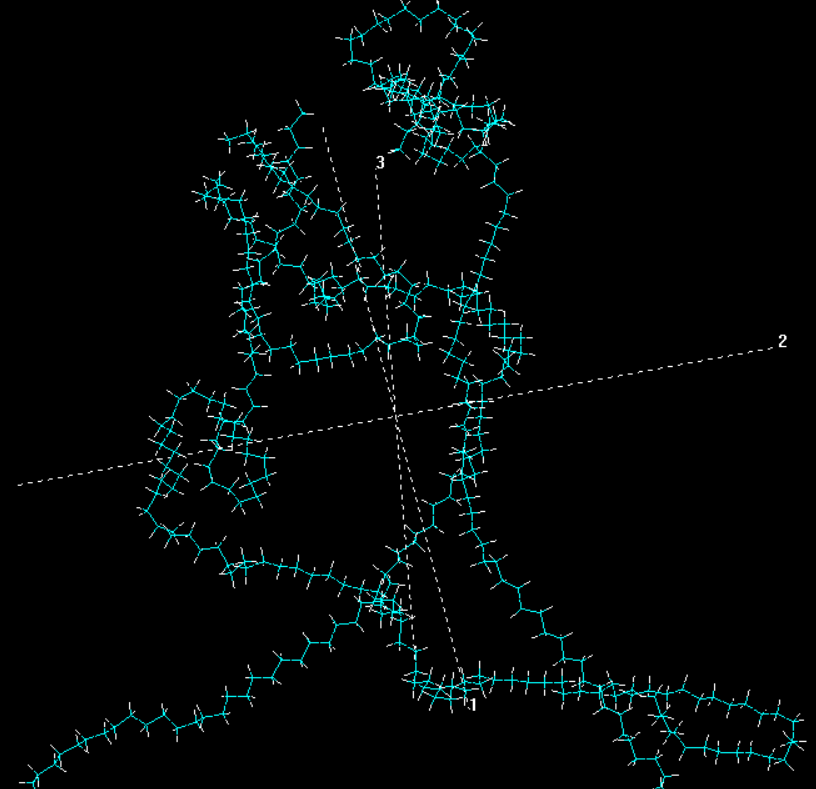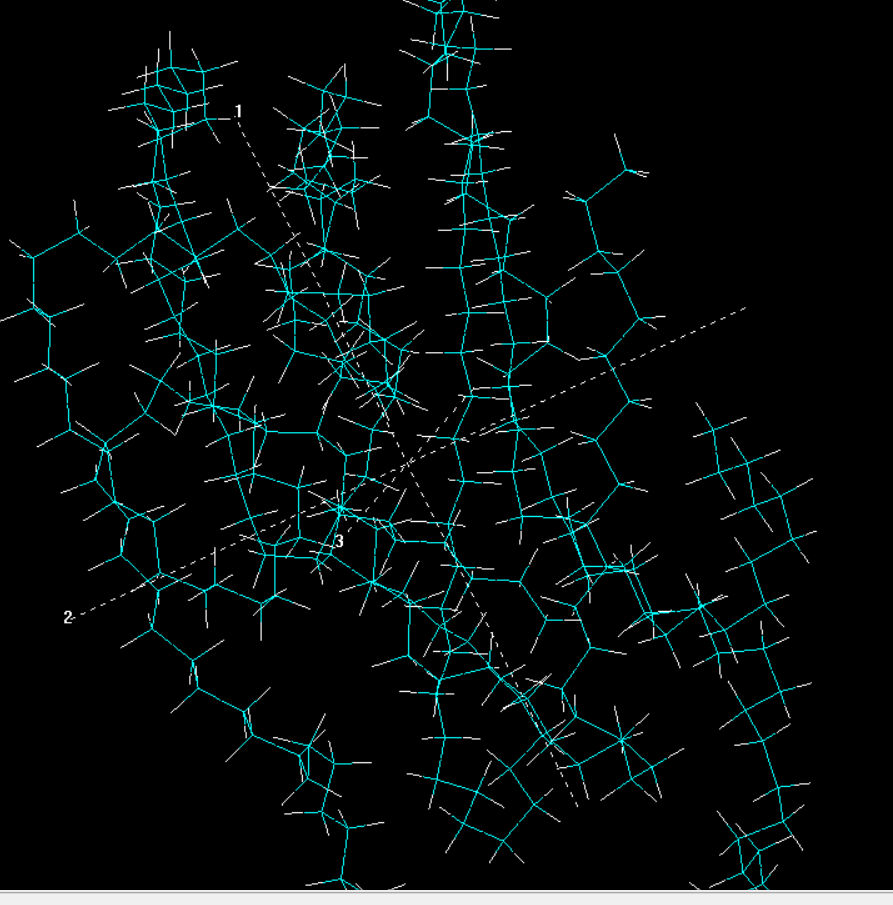Enhancing mechanical and molecular properties of composites via orientation at atomistic level
The general approaches of properties modification at micro level are of two categories:
a- Those approaches that try to create composites with fillers that possess these properties of interest
b- Those approaches that address the order of molecules/ particles/ aggregates at atomistic level
Our recent [ongoing] project investigated the modification properties of polymers via the order enhancing at molecular level. Computational Chemistry approaches [Theoretical Chemistry investigations] were employed in order to identify optimum formulations and manufacturing conditions. In order to succeed in this task, both pure polymers and composites with fillers have been studied under the effect of magnetic fields. Fillers used were compounds that possess enhanced properties of interest [in relation to orientation success].
Our work was focus on PolyEthylene [PE] and PolyPropylene [PP] fibers and PE/ fillers composites (filler cannot be shared since it is confidential information) at filler concentrations in the range 0-50% w/w. Molecular modeling and Simulations were carried out in HyperChem. Magnetic field strength was in the range 0-20T; however, our primary focus was in the low strength region (less than 3T). We simulated the orientation process at industrially used temperatures [around 450-500K] via Molecular Dynamics simulations . Molecular modelling and model building was based on Ab Initio 6-31G* level. Simulation times varied from 50 to 1000ps. Figure 1 shows three PE entangled chains of 128 carbon atoms, after 500ps of simulation (molecular dynamics) without the application of external fields. Figure 2 shows the almost complete orientation behavior of five PE chains (of 64 carbons) under a magnetic field of 2T.

Figure 1

Figure 2
Results confirmed that we can use magnetic fields to successfully orient polymeric chains and filler molecules at micro levels in order to enhance specific molecular, chemical, physical or electronic properties. Results also revealed the correlation between organic chain lengths, magnetic field strength, degree of orientation and simulation time. This work is on-going and no more information can be shared.
